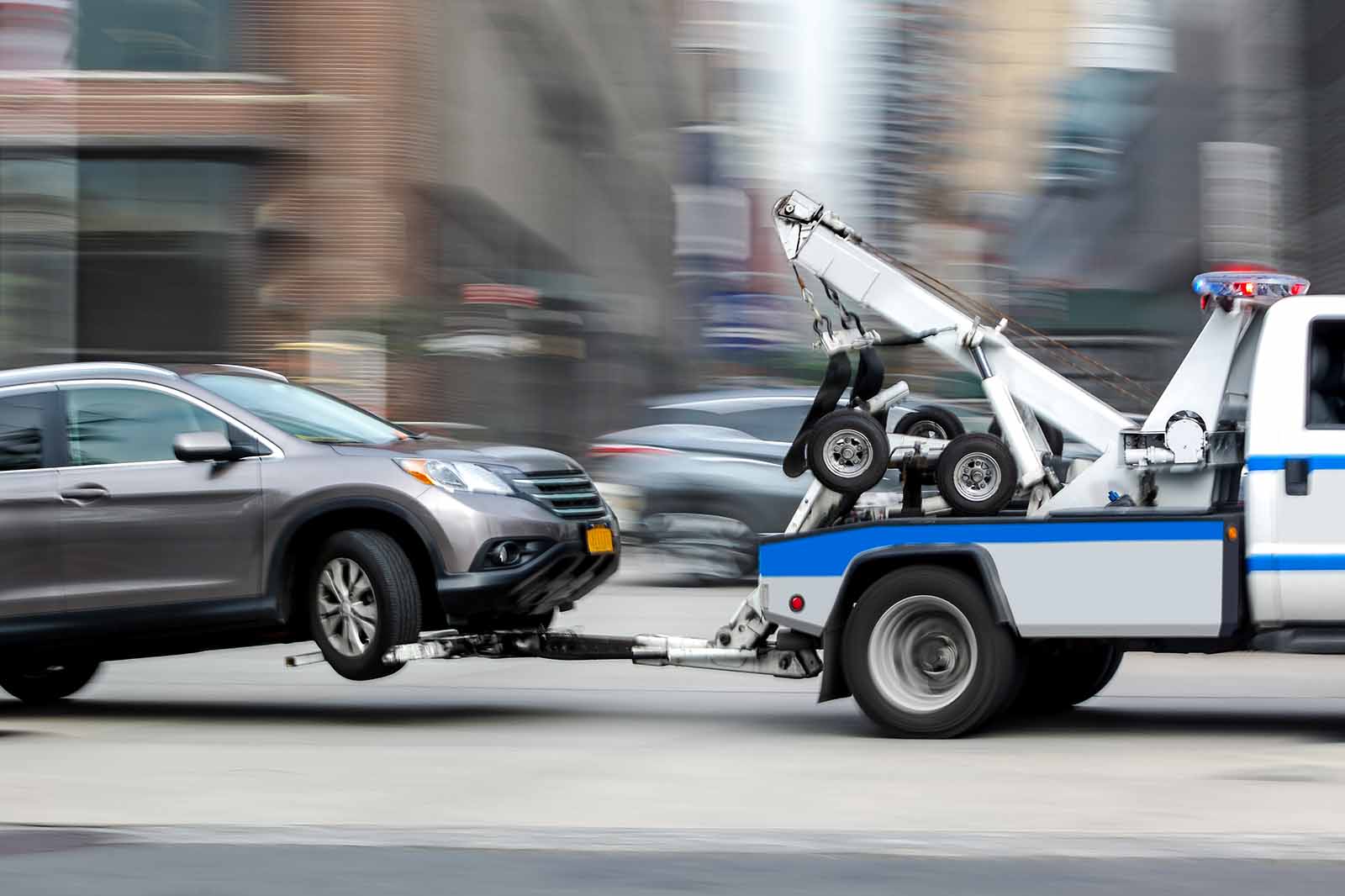The Invisible Thread: How Auto Towing Reveals Our Complicated Relationship with Mechanical Vulnerability
May 27, 2025

The Paradox of Mobility and Immobility
Auto tow service represents one of modern society’s curious paradoxes—a service predicated entirely upon the inherent vulnerability of our most prized symbol of freedom and mobility. In the tapestry of urban life, few moments crystallise our technological dependence more acutely than when our vehicles—these marvellous aggregations of metal, rubber, and microprocessors—suddenly refuse their appointed tasks. The silent engine, the immobile chassis: these become modern metaphors for helplessness, for the limitations that persist despite our technological sophistication. We build machines of staggering complexity and then, inevitably, require other machines to rescue them from their failings.
“Singapore’s road network represents a uniquely challenging environment for vehicle recovery, combining dense urban corridors with limited access points and strict regulatory frameworks,” notes the Land Transport Authority’s 2024 infrastructure assessment.
This observation hints at a deeper truth: our relationship with mechanical breakdown transcends mere inconvenience—it touches something fundamental about our relationship with technology itself.
The Evolution of Mechanical Rescue
The history of towing mirrors the evolution of the automobile itself, a parallel narrative of innovation responding to necessity. The earliest motorists faced breakdown with rudimentary tools and often physical pushing—a direct, unmediated relationship with mechanical failure. As vehicles grew heavier and more complex, so too did the mechanisms of their rescue.
Consider the progression:
- Horse-drawn recovery vehicles in the early 20th century
- Modified pickup trucks with manual winches in the post-war period
- Hydraulic flatbeds capable of recovering vehicles without physical contact
- Modern integrated recovery systems with computer-controlled positioning
- Specialised equipment for electric and autonomous vehicle recovery
Each iteration represents not merely a technical advance but a reconceptualisation of how we manage mechanical vulnerability—a progressive distancing from direct engagement with failure.
The Psychology of Vehicular Helplessness
There exists a curious psychological dimension to vehicle breakdown—a temporary suspension of agency that challenges our self-perception as autonomous beings. When the machinery that extends our mobility fails, we enter a peculiar liminal state: physically present yet fundamentally immobile, awaiting external intervention.
“Our research indicates that Singaporean motorists experience significantly elevated stress markers during vehicle breakdown incidents, regardless of safety conditions or weather,” reports the Singapore Transport Psychology Institute. “This suggests the response transcends practical concerns and touches deeper anxieties about control and self-sufficiency.”
This observation aligns with broader patterns in human-machine relationships. The modern driver, so accustomed to the seamless extension of will through mechanical means, experiences breakdown as a kind of betrayal—a rupture in an unspoken covenant between human and machine.
The Symphony of Technical Extraction
The technical process of vehicle recovery represents a choreographed sequence of actions that transforms immobility back into potential mobility. Modern towing operations blend mechanical engineering, physics, and increasingly, digital coordination in ways that would have seemed miraculous to early motorists.
The contemporary recovery process involves:
- Remote diagnostic assessment before physical arrival
- Computer-modelled load distribution calculations
- Precision hydraulic engagement with minimum contact points
- Real-time route optimisation accounting for vehicle dimensions
- Digital documentation integrated with insurance and repair systems
“Singapore’s integrated traffic management systems now incorporate towing response as a fundamental element of congestion mitigation, with recovery times being continuously benchmarked against international standards,” explains the Singapore Traffic Management Authority.
This integration represents a recognition that individual mechanical failure has broader systemic implications—each disabled vehicle potentially affecting thousands of other journeys.
The Human Architecture of Recovery
Behind the machinery and systems lies a human infrastructure—individuals whose professional identity centres on responding to mechanical crises. These technicians inhabit a curious professional space, requiring both technical expertise and a capacity for managing human anxiety.
The recovery specialist must simultaneously be:
- Mechanical diagnostician
- Risk assessor
- Logistics coordinator
- De facto therapist for distressed motorists
“Our training programmes for recovery specialists in Singapore now include psychological first aid components, recognising that technical competence alone is insufficient when managing distressed motorists,” notes the Automotive Recovery Training Institute of Singapore.
The Topology of Breakdown in Singapore
Singapore presents a distinctive landscape for vehicle recovery operations—a densely populated island with intensive vehicle usage patterns and stringent traffic management requirements. The concentrated nature of the urban environment means that each disabled vehicle potentially affects far more people than in less dense regions.
The island’s comprehensive camera network and traffic monitoring systems create a unique operational environment where breakdowns are frequently detected before being reported by drivers themselves—a kind of ambient surveillance that transforms private mechanical failure into a matter of public concern.
Conclusion
The relationship between motorist and vehicle, between mechanical failure and mechanical rescue, provides a lens through which we might examine larger questions about technological dependence and vulnerability. In our increasingly seamless technological environment, moments of breakdown—and the responses they necessitate—reveal the complex infrastructure that sustains our expectations of uninterrupted mobility. As vehicle technology continues its relentless evolution toward autonomy and electrification, the nature of failure itself will transform, demanding corresponding evolution in the systems and technologies of auto tow service.
